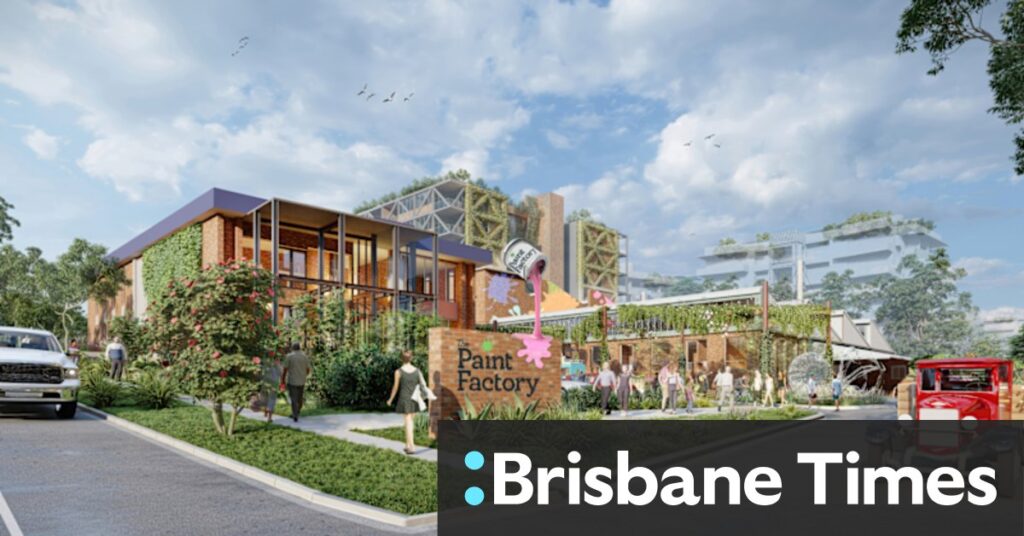
A decommissioned factory in Brisbane is poised for a remarkable transformation into a major arts hub, following the approval of development plans. The former Yeronga Paint Factory, located at 115 Hyde Road, will soon host multiple entertainment venues and potentially new residential apartments, marking a significant cultural and economic development for the area.
The 34,000 square metre site, which was closed by Taubmans in 2015, is set to become an “integrated arts village.” The first stage of this ambitious project includes the introduction of food and drink outlets, art spaces, a theatre, and an escape room. These additions aim to create a vibrant community space that caters to a diverse range of interests and activities.
Transforming Industrial Heritage
The announcement comes as cities worldwide increasingly seek to repurpose industrial sites into cultural and community centers. This trend not only preserves historical architecture but also breathes new life into urban areas. The Yeronga Paint Factory’s transformation is expected to follow this successful model, enhancing Brisbane’s cultural landscape while preserving its industrial heritage.
According to the development plans, the site will also feature market spaces, health services, a garden centre, a hardware store, and a microbrewery. These facilities are designed to attract a wide range of visitors and residents, fostering a thriving community hub. Additionally, the potential construction of hundreds of new homes on the site could address some of Brisbane’s housing needs.
Community and Economic Impact
Local officials and community leaders have expressed optimism about the project’s potential benefits. The development is expected to create numerous jobs during both the construction phase and once the hub is operational. Moreover, the influx of visitors and new residents could boost local businesses and stimulate further economic growth in the area.
Brisbane Mayor Adrian Schrinner highlighted the project’s significance, stating,
“This development is a fantastic opportunity to revitalize a key area of our city, providing cultural, economic, and social benefits for our community.”
Expert Opinions and Historical Context
Urban development experts have praised the project for its innovative approach to urban renewal. Dr. Emily Carter, an urban planning specialist, commented on the trend of converting industrial sites into cultural hubs, noting that such projects often lead to increased property values and improved quality of life for nearby residents.
Historically, similar projects in cities like New York and London have successfully turned derelict industrial areas into bustling cultural districts. These transformations have not only preserved historical sites but also created new economic opportunities and enhanced urban living experiences.
Looking Ahead: Future Developments
The move represents a significant step forward for Brisbane, aligning with broader urban development strategies aimed at enhancing the city’s cultural and economic appeal. As the project progresses, stakeholders will closely monitor its impact on the local community and economy.
Future phases of the development may include additional residential units and expanded commercial spaces, further solidifying the site’s role as a central hub for arts, entertainment, and community activities in Brisbane.
Meanwhile, local residents and businesses are encouraged to participate in public consultations to ensure the development meets the community’s needs and aspirations. The transformation of the former Yeronga Paint Factory is not just a redevelopment project; it is an opportunity to reimagine the potential of urban spaces in Brisbane.







